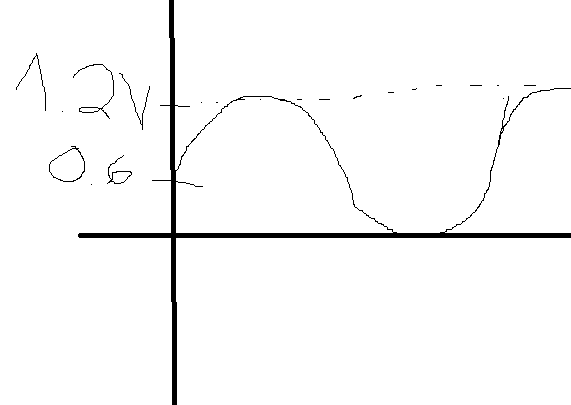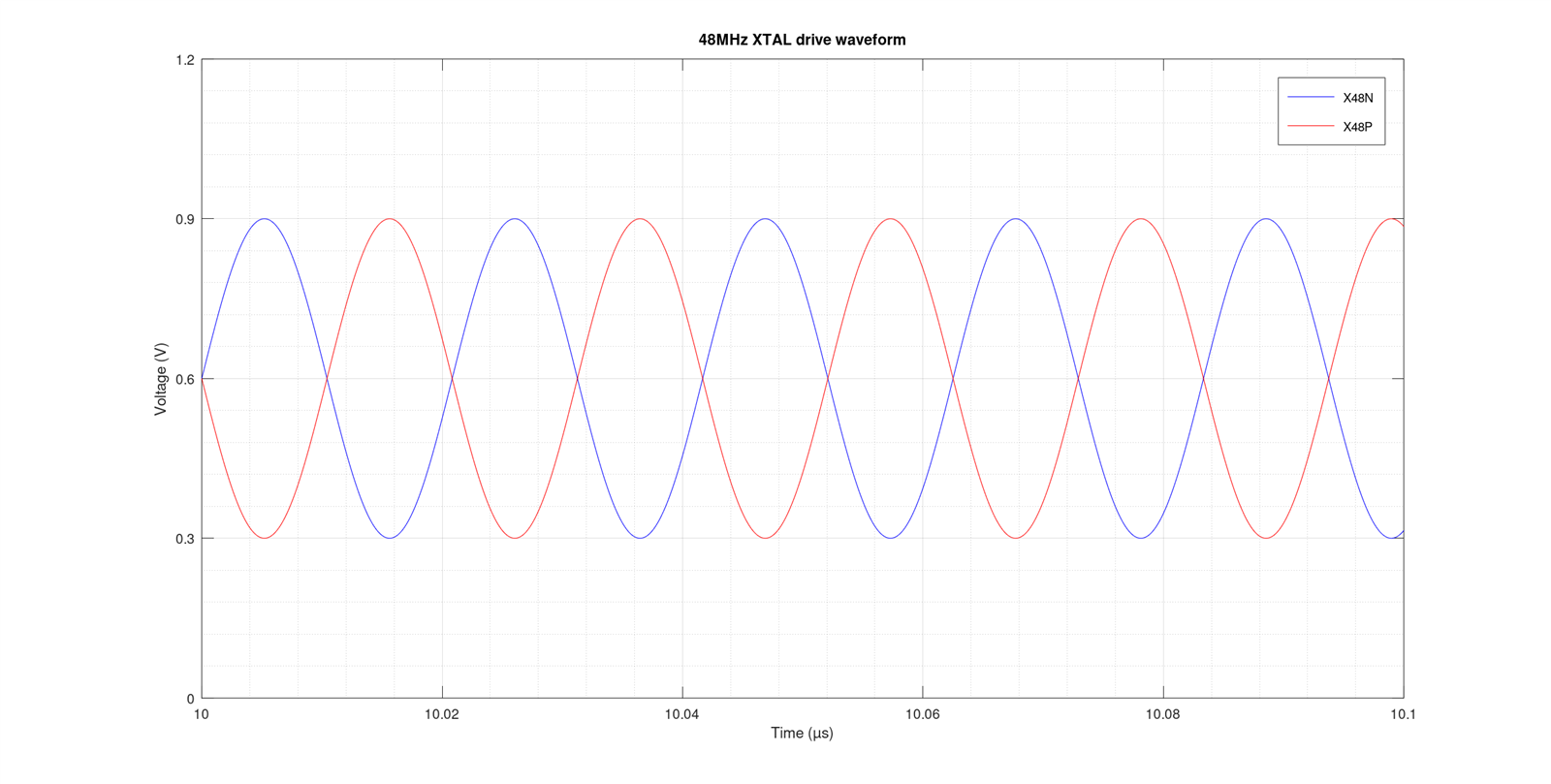Other Parts Discussed in Thread: CC1354P10, SYSCONFIG
Tool/software:
Hi,
Section 3.5 > "The CC13xx and CC26xx devices drive the crystal with a maximum 1.6 Vpp_differential for the 24/48-MHz"
> Drive level formula : DL = 2 x ESR (πf(CL + C0) Vpp)² ;
The CC1354P10_6 EVM uses the TZ3780AAAO44 with ESR = 30Ohms, CL = 7pF, Co = 3 pF, 48 MHz. The document says Vpp_diff = 1.6V so the DL = 349 µW > 200µW (max recommended)
Would make more sense if the Vpp in the DS is the single-ended at one of the pins of the quartz.
Finally, using the on-board ADC (section 5) I get the value ~430mV.
- Vpp in the drive level formula is single-ended, correct ?
- Is ~430 mV an excepted value for Vpp?
Thanks,
Geoffrey



